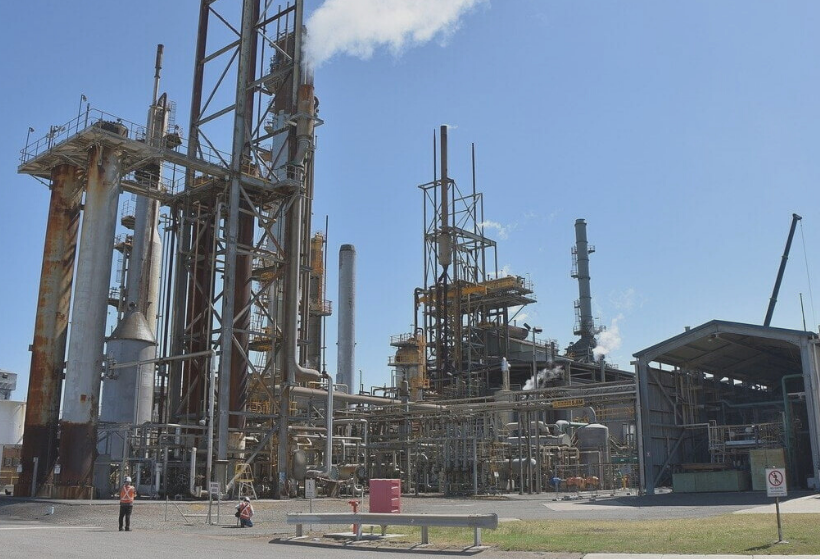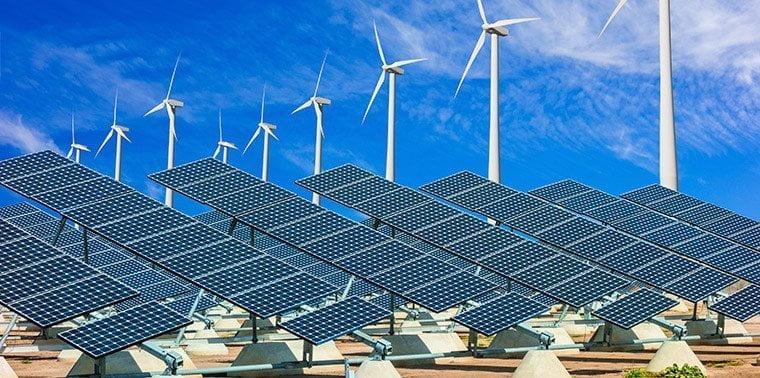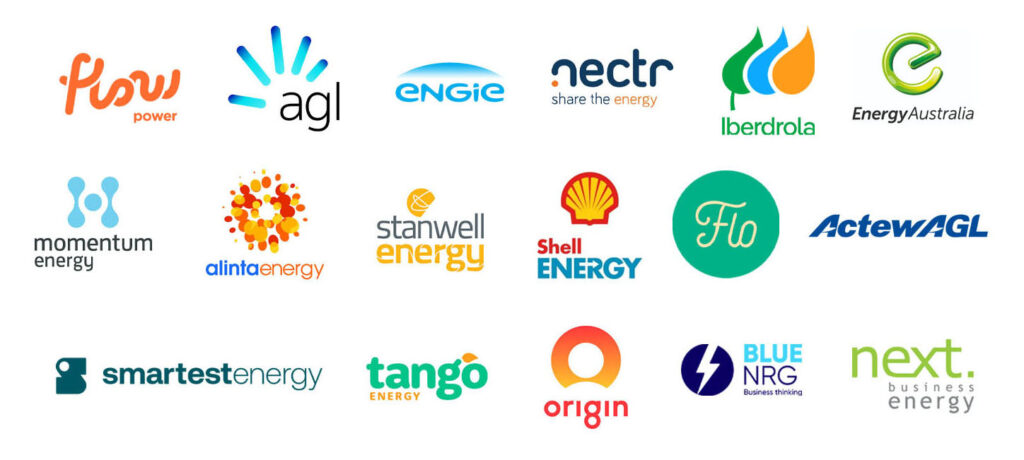After the Federal Budget, the Government has tasked the Australian competition watchdog to toughen the current code of conduct covering the gas industry and put downward pressure on energy prices that were forecast to rise by 56 percent over the next two years.
Federal Treasurer Jim Chalmers made the shocking prediction when delivering his first Federal Budget speech in October 2022 and said that government intervention will take place in the hope of offering price relief to Australian homes and businesses.
He said he was open to introducing price caps on domestic gas as prices were forecast to rise by 40 per cent for this year and 40 per cent again next year.
With the Labor’s election promise to lower average household energy bills by $275 a year by 2025 looking unachievable, Mr Chalmers has put together a task force to examine interventionist options.
The Australian Competition and Consumer Commission said that following the Federal Budget, it had received instructions from the Federal Government to look at the voluntary code of conduct that governs supply agreements between gas producers and customers.
The remit is to ensure reasonable pricing and improve transparency.
The issue revolves around the fact that high-peaking gas plants are used to firm up energy generation. This can be difficult when demand and supply are not equally balanced, and filling the gap can become a challenge as there is a shortage of renewables made available.
Put simply, gas fills in the gap during periods of high demand when the sun is not shining and the wind is not blowing.
This is usually when it is extremely hot, or cold, and at the peak of the duck curve in the evenings, when people consume the most electricity.
Mr Chalmers said high gas prices were “smashing industry” and left open the possibility of supporting a gas price trigger that would divert supply to the domestic market.
“In terms of the type of mechanism – triggers, caps, other kinds of regulation – I’m not prepared to pre-empt any of that or narrow down the conversation today. It does involve multiple levels of government, it does involve multiple ministers, and so I’d rather leave our options pretty open.”
Mr Chalmers said that any changes would require a “lot of consultation” with colleagues and said the states would need to be involved.
“A lot of the regulatory powers are held by the states, that’s just a fact,” he said.
Mr Chalmers also stepped away from a pre-election commitment to slash energy bills by $275, saying that the 2021 modelling had referred to an outcome in 2025, and in the interim, the war in Ukraine had created “absolute havoc” in energy markets.
Why is gas so expensive?

In simple terms, gas is so expensive because it fetches higher prices on the international export market.
The coming winter in the Northern Hemisphere and the war in Ukraine have left Europe scrambling to source gas, driving prices through the roof.
This means that supply on a local level is relegated to secondary importance because gas producers can make more profits by exporting it overseas.
Given that gas is needed at crunch times, this pushes prices further through the roof domestically.
Average prices for fuel on the east coast were $26 a gigajoule, down about 9% on the June quarter but still 142% more than the September quarter of 2021.
Former ACCC Chairman Rod Sims said the Federal Government should threaten gas companies with export limits.
Gas-fired electricity is the most expensive form of power generation, and the primary factor in the wholesale price passed on to consumers.
Mr Sims said the high gas spot price triggered by Russia’s invasion of Ukraine was the key issue behind the projected 20% increase in retail electricity prices late this year and a 30% jump next year.
Mr Sims said the Federal Government should pressure the three Queensland gas export plants, all based to sell fuel on the local market at a level that met demand and at a price of less than $10 a gigajoule – less than half this year’s spot prices of more than $20.
He said that gas generators could still sell gas on the local market at a healthy profit at a price of $10 per gigajoule.
Australia’s gas industry believes the government is considering making the code mandatory and extending the powers of the Australian Energy Market Operator (AEMO) to govern market behaviour.
Gas producers are lobbying the government to ensure any review and ultimate policy shift takes place in the whole sector, including pipeline operators.
COAG Energy Ministers to take “strong action as a matter of urgency” to bring down prices
Two days after Mr Chalmers made his Federal Budget predictions, the Council Of Australian Governments met with Federal Energy Minister Chris Bowen to discuss the situation.
The Council of Ministers expressed concern at the prices of coal and gas caused by the war in Ukraine, which, in turn, drive “unacceptable” increases in electricity and gas prices on the East Coast.
The situation affects millions of homes and businesses and contributes to non-discretionary inflation across the national economy.
Inflation is expected to hit 7.75 percent by the end of the year, tracking back to around 5.5 percent in 2023.
The Council committed to considering all options to take strong action as a “matter of urgency” to bring down power prices for Australian households and businesses.
Renewable transition increases resilience to price shocks

The Ministers agreed that the current energy crisis makes the transition to renewable energy even more important than it has been in the past.
In their post-meeting communiqué, they said that a transition to renewable energy increases Australia’s resilience and protects end-users from global price shocks such as the one we are now experiencing.
The council also agreed on critical amendments to the National Gas Law to extend AEMO’s functions and powers to manage reliability and gas supply adequacy for the East Coast.
In the next meeting in December 2022, the council will consider further rule refinements to this new framework.
The changes will give AEMO the ability to better identify, signal and address shortfall risks that will affect the consumer gas and electricity markets.
Supporting Green Hydrogen and other renewable gases
Following the Federal Budget, Ministers also agreed to expedite reforms and provide a nationally consistent approach to better support the development of a competitive and efficient hydrogen and renewable gas industry.
New funding was provided by the Commonwealth to the Australian Energy Regulator (AER) ($22.8 million over four years) to implement gas pipeline reforms and support priority reform work concerning the wider energy transformation.
Do you want to keep up with the latest energy news?
If you want to be updated with all the latest energy sector news, you can sign up for our newsletter or visit our blog section.
Leading Edge Energy is an energy brokerage firm in Australia that specialises in energy cost reduction, solar and storage procurement, electricity and natural gas-use monitoring and reporting for commercial and industrial clients. Follow us on LinkedIn, Facebook or Instagram.
We source, analyse, compare and rank commercial, industrial and multisite energy quotes. Obligation Free.
Chat with one of our experienced consultants today and get the insights your business needs to help manage the risks associated with volatile electricity and natural gas markets. Our energy procurement service is obligation-free and provides a time-saving way of securing lower energy rates from our panel of energy retailers.














